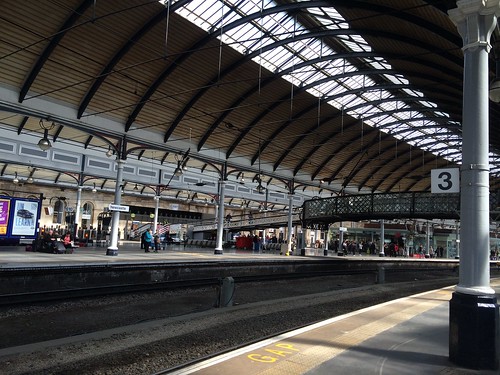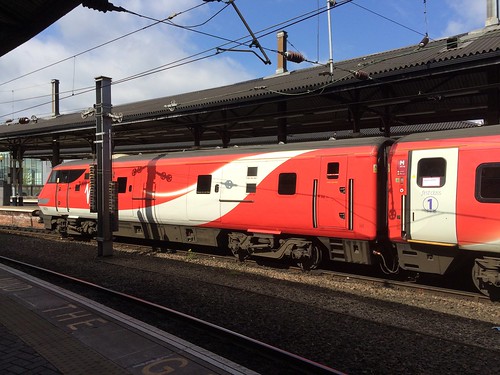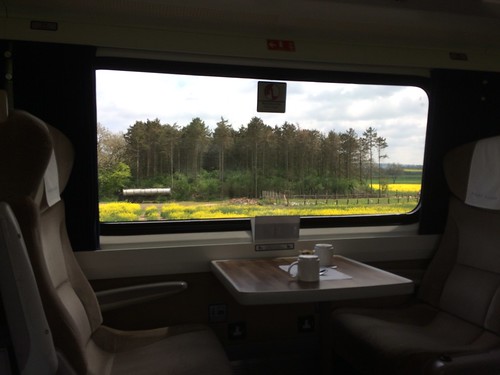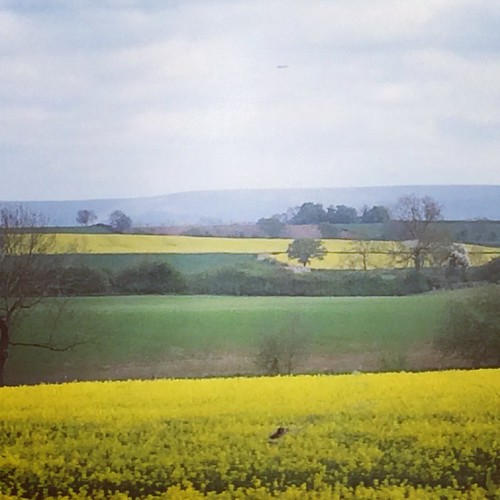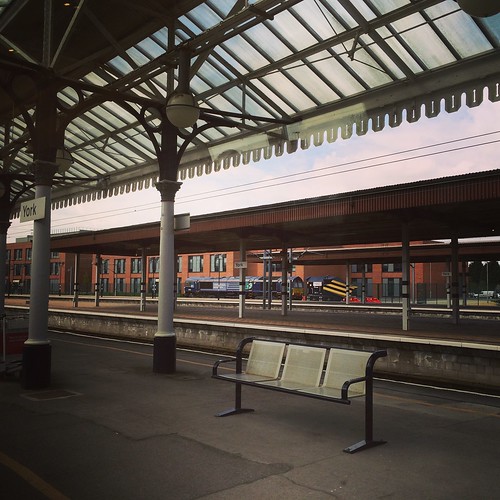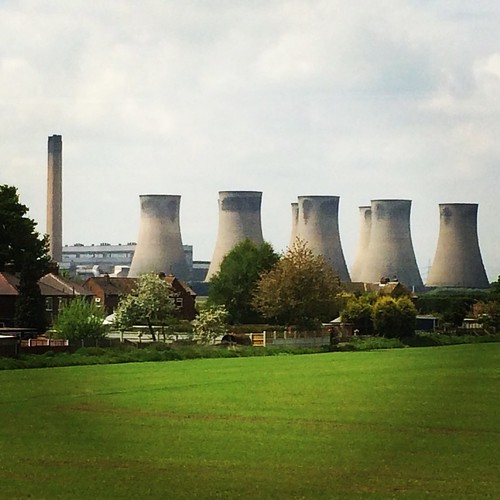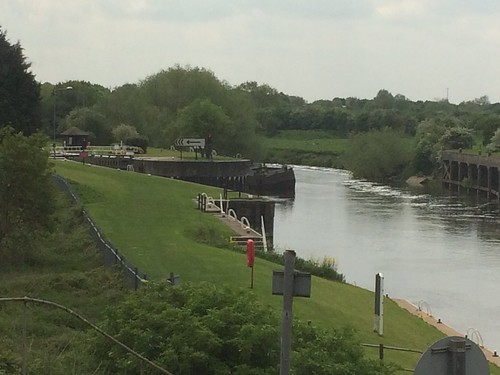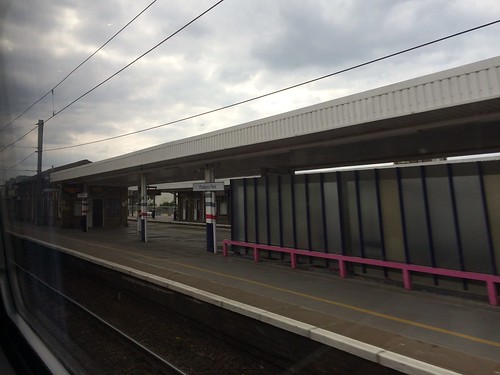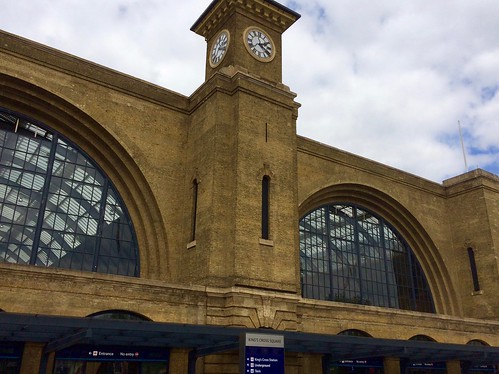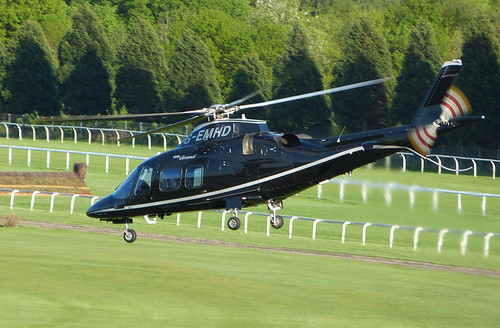
Along at the weekend to Granary Square to see the excellent In The Heights, a show set in Washington Heights, New York. The show shares the same theatre as The Railway Children, and the show plays between two sets of banked seats, along two platforms of Kings Cross station.
The concept has allowed the bar to receive a US-subway style makeover, and presumably a daily repurposing to a Southern Railway waiting room for the other show.
Understandably, In The Heights will have broad comparisons to West Side Story and Rent, although this is sufficiently its own piece and with its modern twists.

It's a really high energy show, with a great cast of actors, who all sing and dance with zeal. As a musical it has been around since the mid '90s, originally doing well and winning plenty of awards in New York. This version has been in London since late last year, and its run has been extended.
They'd run out of programmes and there were quite a few substitutions in the cast, so I've no idea who was in the version we saw, except to be able to say that they were all great. It didn't feel in the least like a second cast. I'd happily see the same gang do the show again. Similarly the snappy band, hidden away yet ripping up some storming numbers.
The style is a hybrid, mixing rap, hip-hop and Latino in this bustling New York offshoot of the Dominican Republic. It's fundamentally simple storylines with the style and vibrancy of the players keeping the entertainment values dialled up high. We were in row D, very close to the action, and immersed in this very particular part of Manhattan for a couple of hours.










